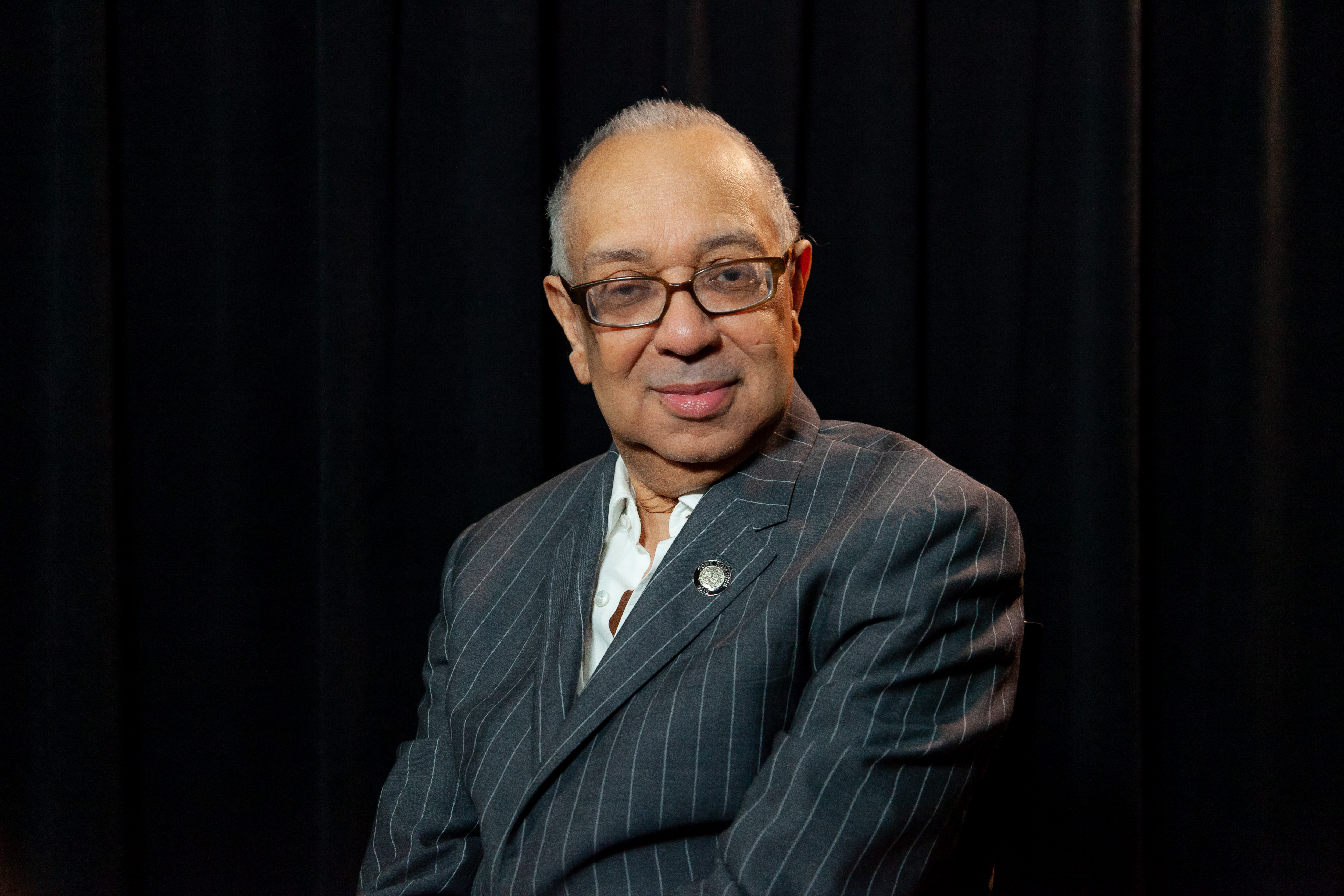Like I Say

in Like I Say
(Photo © Terry Gruber)
It’s no news flash that, for many authors, writing is therapy. Nor is it news that scribes often suffer writer’s blocks. Still, there’s a certain freshness to Len Jenkin’s Like I Say, which depicts a writer holed up in a seaside hotel trying to overcome obstacles to creation by getting a story out of himself.
Isaiah Sandoval (Jack O’Neill) has taken to sinking into chairs at the Hotel Splendide, which overlooks the water on some domestic coastal peninsula and which may have been splendide sometime in the past but is now far from it. A young woman called Rose (Carolinne Messihi) is attending to Isaiah’s needs but she’s too angst-ridden to serve him genially. The others hanging around with time weighing heavily on their hands are hotel manager Helena Skate (Sayra Player), artist and tattoo artist Harold Schwarzberg (Jerry Zellers), slow-moving handyman Little Junior (John Peterson), and Leon and Tanya Vole (Jeffrey Nauman and Shari Hellman), the down-at-heel owners and operators of a traveling puppet show.
Not unlike the rootless, aimless characters who desultorily populate dramas such as Terence Rattigan’s Separate Tables, Tennessee Williams’s Night of the Iguana, and Lanford Wilson’s Hot L Baltimore, Jenkin’s creations rub each other the wrong way, cozy up to one another, form romantic attachments, give in to the occasional confessions, and are ultimately like ships that pass in the night. Little Junior gets the hots for Rose, who initially won’t give him a tumble; 28-year-old Helena gets the hots for any warm body; Steve is agreeable, if vaguely unhappy; the Voles, speaking with thick Slavic accents, are trying to make a quick buck from their show in which — for those who recall Burr Tillstrom’s Kukla, Fran and Ollie — Tanya plays Fran Allison to a puppet that greatly resembles Oliver J. Dragon. Jenkin leads them to a sort of happy ending that still feels as if he’s leading them to edge of a nearby cliff.
For his part, Isaiah is at first in no mood to engage with any of them for long, since he’s fallen into a depression after his family was killed in an automobile accident that occurred while he was at the wheel. The only thing sparking his relationship to the others is a story he’s making up about a man called Coconut Joe Iskowitz, which is enacted as he spins it. It’s a picaresque tale wherein the hapless protagonist weathers a series of high-concept incidents while on a trip to buy coconuts. On the journey from his Kokoma, Indiana home, Joe (Matthew Dellapina) is buffeted to Berlin, the mountains of Germany and Italy, Venice, and eventually to far-flung Loon Island, where he finds solace. In other words, Coconut Joe is Isaiah’s version of himself, and Joe’s peregrinations are Isaiah working things out for himself in order to achieve his inner peace.
All of this is fine as far as it goes. Some of it, however, goes too far, and some of it doesn’t go far enough. The most intriguing figures in Jenkin’s work are the hotel crowd, Isaiah foremost among them. Yet, with the exception of one Chekhovian scene in which Rose, Helena, and Tanya let their hair down, what’s learned about them seems sketchy. A late scene in which the Voles attempt a hold-up that’s thwarted by the quick-thinking Helena has the feel of an incident dragged in from another play altogether. Without question, more could be revealed about the melancholy Isaiah.
The play seems to have been thought up after too many readings of Candide and too many viewings of Peer Gynt. (That’s some feat, since Peer Gynt sightings aren’t that common.) In his travels and travails, Joe meets up with multifarious sinister people and lands in life-threatening situations, all of them stretching credulity way past the snapping point even for a fantasy. The saga would likely cause any book reviewer to take a hatchet to it, and I have to admit that I found myself repeatedly checking the program — wherein Coconut Joe’s destinations are itemized — to see how many locales were left to go.
Jenkin himself might have seen the discrepancy between story and story-within-the story were if he hadn’t also directed this production; a playwright bringing his own work to the stage is never really a good idea, unless the playwright in question is Noël Coward. Fortunately, Jenkin does have some commendable actors working for him. Like I Say has a cast of 14, which can be daunting for any Off-Off-Broadway company but is a perfectly fine operating condition at the Flea, where the in-house company known collectively as The Bats is available.

(Photo © Terry Gruber)
The actors help to compensate for the script lapses. Jack O’Neill, thin-lipped and cleft-chinned, has Isaiah’s sensitivity and sadness. He’s so persuasive in this underwritten, frequently poetizing role that one wishes Isaiah were composing a story worthy of the actor. Sayra Player, wrapping and re-wrapping about her body one of the sweaters that costume designer Claudia Brown has selected, makes it plain that Helena has some hope but few illusions. Tall, blond John Peterson has the right look in his eye for a love-struck, sincere young man. Jerry Zellers and Jeffrey Nauman are production pluses, too, but Carolinne Messihi and Shari Hellman seem to be refining their portrayals still.
Then there are the Coconut Joe players. Matthew Dellapina, who has a charm akin to that which has made Tom Hanks a star, holds nothing back as the put-upon coconut tradesman. The willing, kinetic others who grab up many roles in Isaiah’s long-winded narrative include Oberon K. A. Adjepong, Melissa Miller, Lanna Joffrey, Jonathan Kells Phillips, Fernando Gambaroni, and Paula Ehrenbuerg. None of these Bats give the least indication of wanting to desert what occasionally threatens to be a burning belfry. The firecracker-sized Ehrenberg and Miller as Ava (the Rose equivalent in Isaiah’s story) have some exciting stage moments as pirates, etc.
Incidentally, this is one of those productions in which the actors have been encouraged to do their preparations in full view of the audience, perhaps because there simply isn’t enough space backstage. So there they are, warming up on Sue Rees’s economical set (she also designed the puppets) and under Andrew Hill’s lights as audience members head towards their seats. And there they are again during the intermission, one of them banging loudly on a plastic bucket. Ticket buyers who are not especially fond of such cacophony are hereby warned.
The play’s title is colloquial and, as any schoolmarm would be eager to point out, ungrammatical. The play itself is not so much colloquial as it is often distractingly whimsical.











